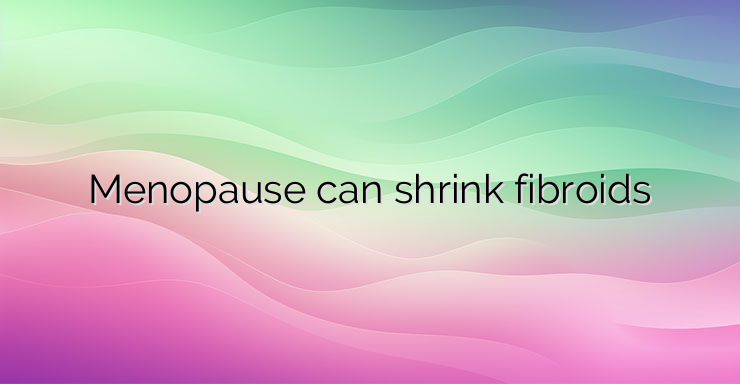Leiomyoma (myoma) is the most common gynecological tumor. It affects 30 to 50% of women of reproductive age. One of the most common diseases of the female genital tract is leiomyoma of the uterus, also called Oshe fibroid, myoma and fibromyoma. Leiomyomas are benign tumors that originate from the smooth muscle cells of the myometrium, which is the thick middle layer of the uterine wall. It contracts during childbirth and menstruation. As a result, leiomyomas can increase the risk of infertility, miscarriage, or other problems during pregnancy. Uterine leiomyomas can be classified based on their location in the uterus and can range from small, barely visible to large, palpable tumors. Leiomyomas can be solitary or develop as a group of tumors. However, they are benign and do not spread to other parts of the body. In extremely rare cases, a uterine fibroid can become malignant and turn into a sarcoma (leiomyosarcoma). Fortunately, the presence of a group of several leiomyomas does not increase the risk of malignant transformation. One of the main risk factors associated with leiomyoma (also known as uterine fibroids) is genetic mutations in smooth muscle cells. Additionally, the female steroid hormones estrogen and progesterone may be associated with fibroid growth due to their effect on cell division and the increase of certain growth factors. Therefore, the higher the levels of these hormones, the greater the risk of developing leiomyomas. Higher levels of female steroid hormones are associated with breastfeeding, perimenopause and pregnancy. Estrogen levels decline at menopause, which can cause leiomyomas to tend to shrink during this time. Finally, rare genetic disorders such as hereditary leiomyomatosis and renal cell carcinoma (Reed syndrome) can lead to the development of multiple cutaneous and uterine leiomyomas. Subserous leiomyomas are a type of leiomyoma that can occur under the perimetrium, which is the serous outer lining of the uterus. Subserosal leiomyomas can extend beyond the uterus and even attach to other surrounding organs, receiving blood supply from them. Intramural leiomyomas arise in the wall of the uterus. They are the most common type of leiomyoma and can be associated with infertility, miscarriage, fetal malformations, and premature birth. Submucosal leiomyomas occur just below the endometrium, which is the thin, innermost layer of the uterine wall. Submucosal leiomyomas can grow into the uterine cavity, changing their shape (pedunculated fibroids) and creating a risk of infertility, miscarriage, fetal malformations and premature birth. Symptoms associated with uterine fibroids depend on their number, size, and location. Most leiomyomas are small and asymptomatic. Larger or multiple leiomyomas may cause abdominal or pelvic pain,lower back pain, constipation, urinary retention, frequency and urgency, infertility, and heavy or long periods, which in turn can cause iron deficiency anemia. Leiomyomas can cause pain if they put pressure on nearby organs, such as the cervix or rectum. Treatment of uterine leiomyomas must be individualized for each individual case. Considerations such as size, location, symptoms, age, and desire to maintain fertility should be taken into account when choosing a treatment method. Asymptomatic leiomyomas are usually not treated. Symptomatic leiomyomas, on the other hand, can be removed with noninvasive techniques that cause the tumor to shrink. For example, uterine artery embolization. References: 1. Cramer SF, Patel A. The frequency of uterine leiomyomas. Am. J. Clin. Pathol. 2. Chen C, Buck G, Courey N, Perez KM, Wactawski-Wende J. Risk factors for uterine fibroids among women undergoing tubal sterilization. Am J Epidemiol. PubMed 3. Laughlin S, Baird D, Savitz D, Herring AH, Hartmann KE. Prevalence of uterine leiomyomas in the first trimester of pregnancy. Obstet Gynecol. 4. Day Baird D, Dunson DB, Hill MC, Cousins D, Schectman JM. High cumulative incidence of uterine leiomyoma in black and white women: ultrasound evidence. Am J Obstet Gynecol.


Leave a Reply